

Max Davies
2026 Toyota HiAce review
18 Minutes Ago

News Editor
The largest of Mazda’s new range of more premium SUVs has been revealed for the first time in the US, and it’s coming to Australia.
The 2024 Mazda CX-90 uses the company’s rear-biased all-wheel drive Large Architecture that debuted on the CX-60, but features a wider body and up to seven seats.
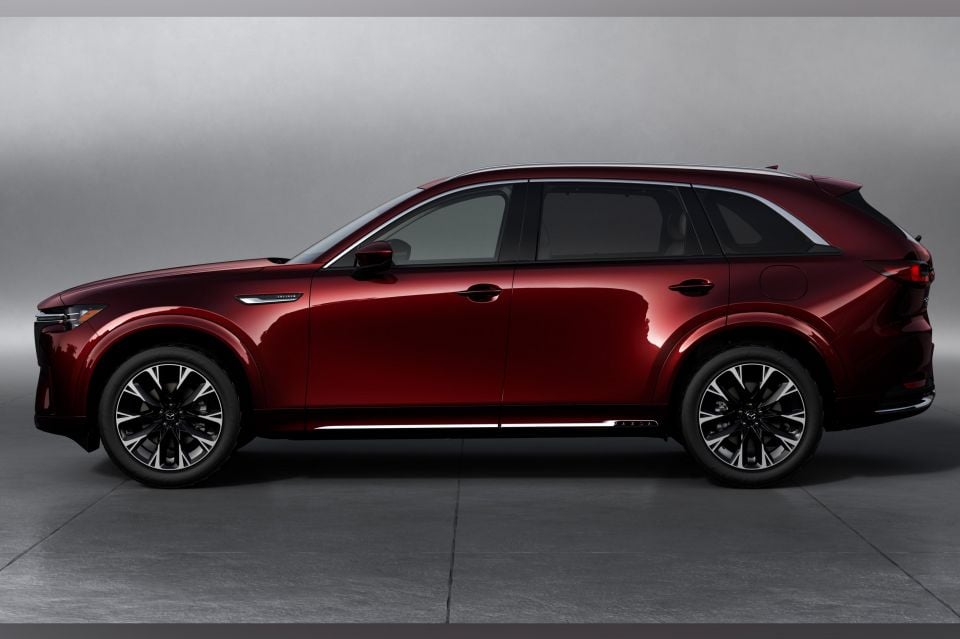
The CX-90 will also sit above the CX-9 in the line-up, giving Mazda another competitor to vehicles such as the Hyundai Palisade, as well as more premium fare such as the Volvo XC90.
The flagship SUV has a similar look up front to the smaller CX-60, but it’s longer and wider and has a distinctive rear-end with a curved tailgate, plus new 21-inch diamond-cut alloy wheels with a black metallic finish.
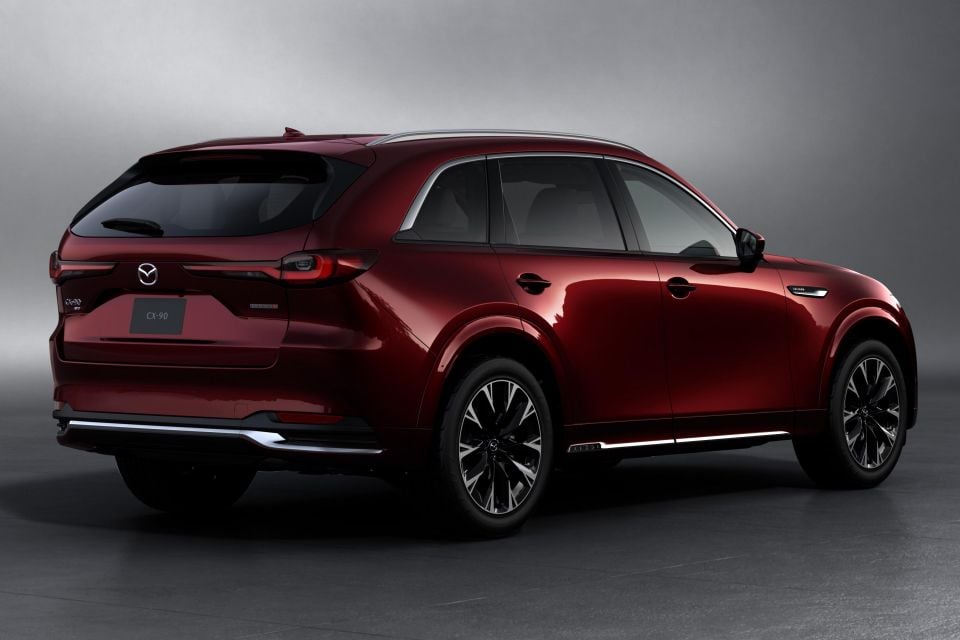
These photos depict the vehicle in one of Mazda’s signature Takuminuri colours, in this case Artisan Red, which is also available on the 20th Anniversary edition of the Mazda 6.
Inside, there’s a look Mazda says is “inspired by traditional Japanese aesthetics” with swathes of Nappa leather, Maple wood, and tone-on-tone fabrics.
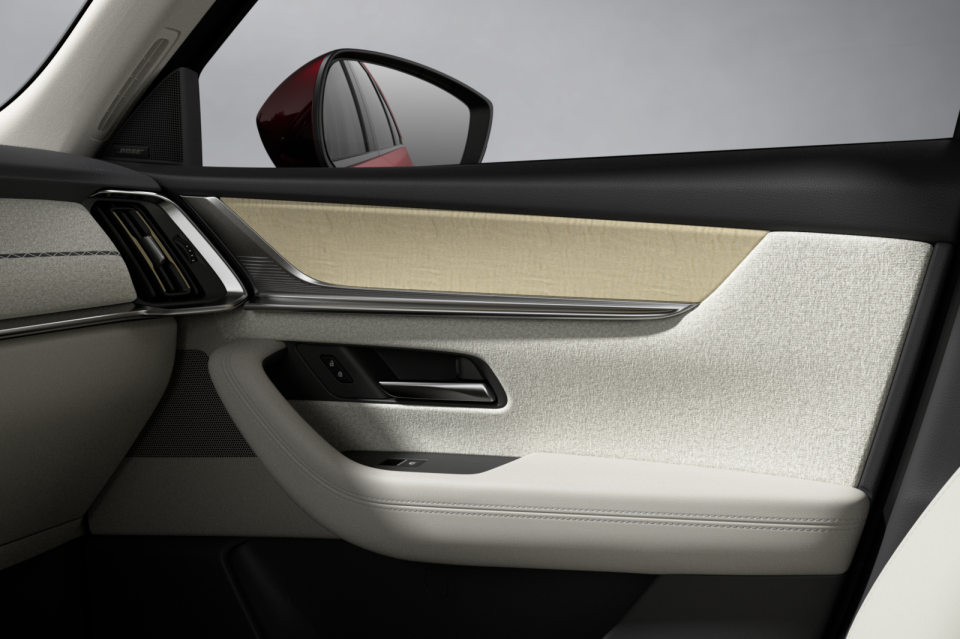

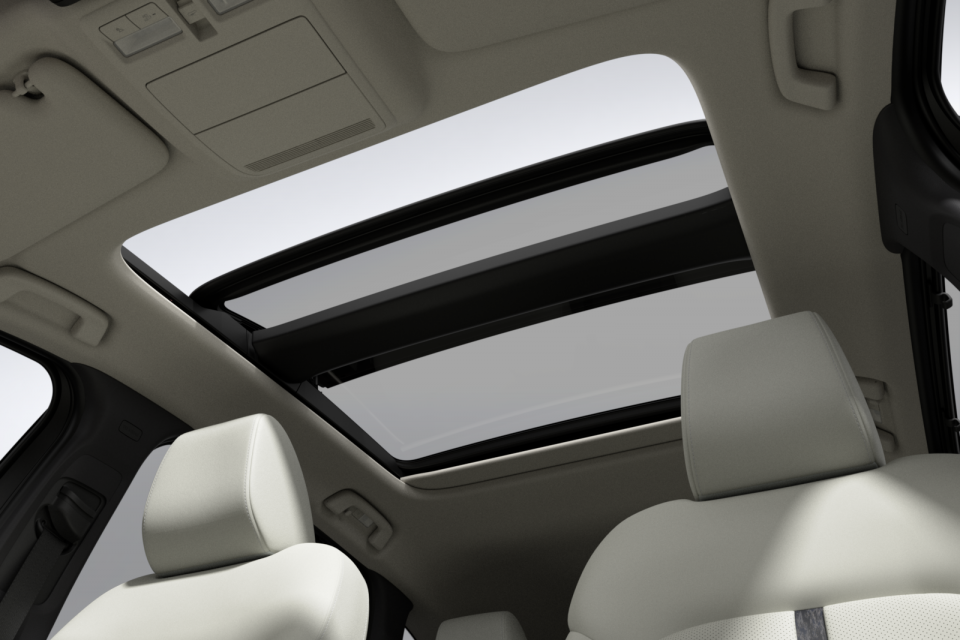
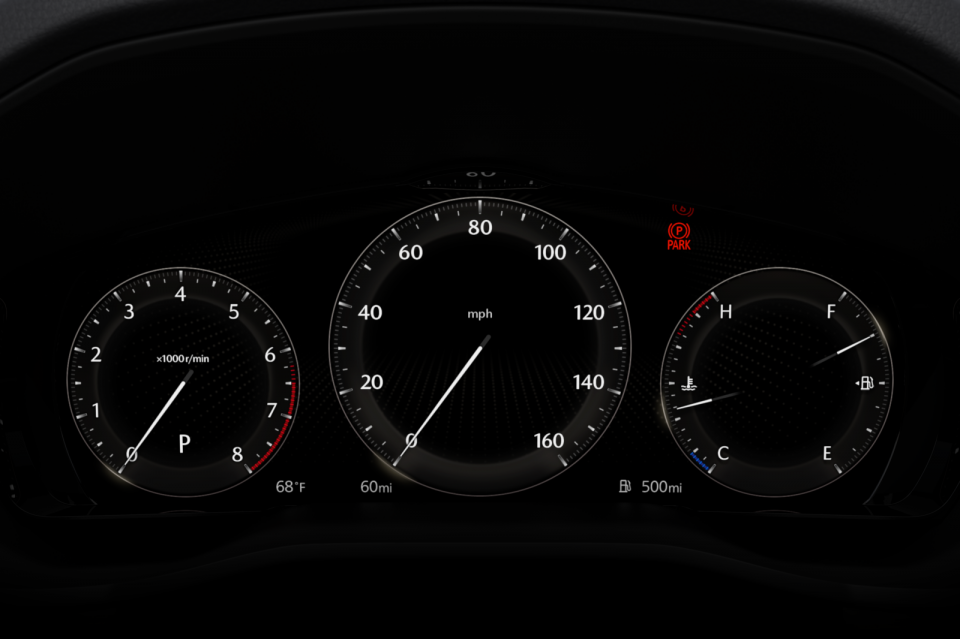
The fabric on the dash is connected using hanging stitches, which Mazda says was inspired by hand-bookbinding and an intricate Japanese weaving technique known as Kakenui.
A new 12.3-inch infotainment display takes pride of place on the dashboard, while the CX-90 also offers the option of a panoramic sunroof, a heated steering wheel, and heated and ventilated first- and second-row seats.

Third-row occupants haven’t been forgotten, with USB-C charging outlets and air vents back there.
The CX-90 will come, naturally, standard with autonomous emergency braking, blind-spot monitoring and adaptive cruise control, while a surround-view camera with a ‘transparent vehicle mode’ is also available.
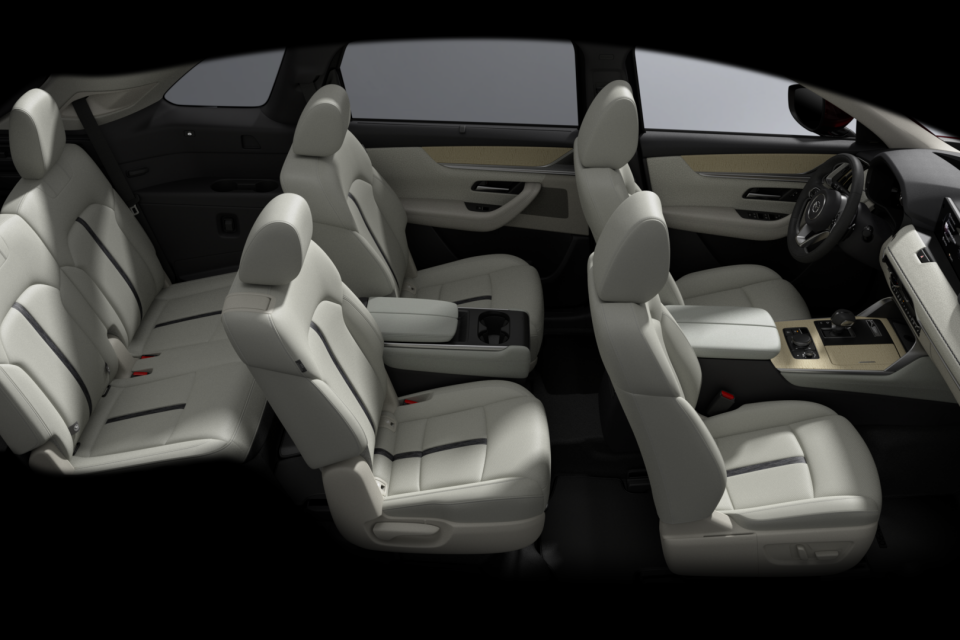
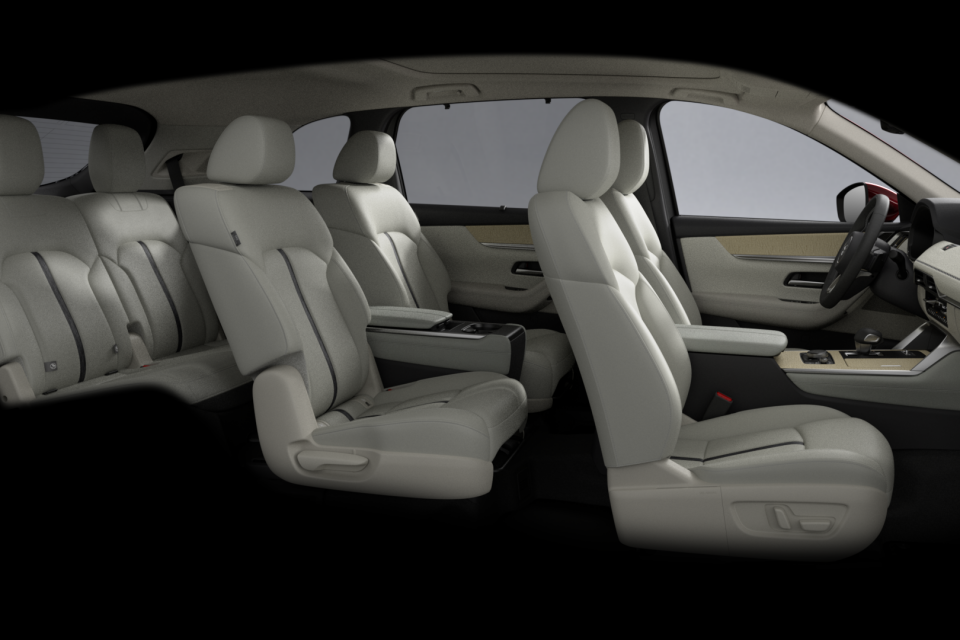
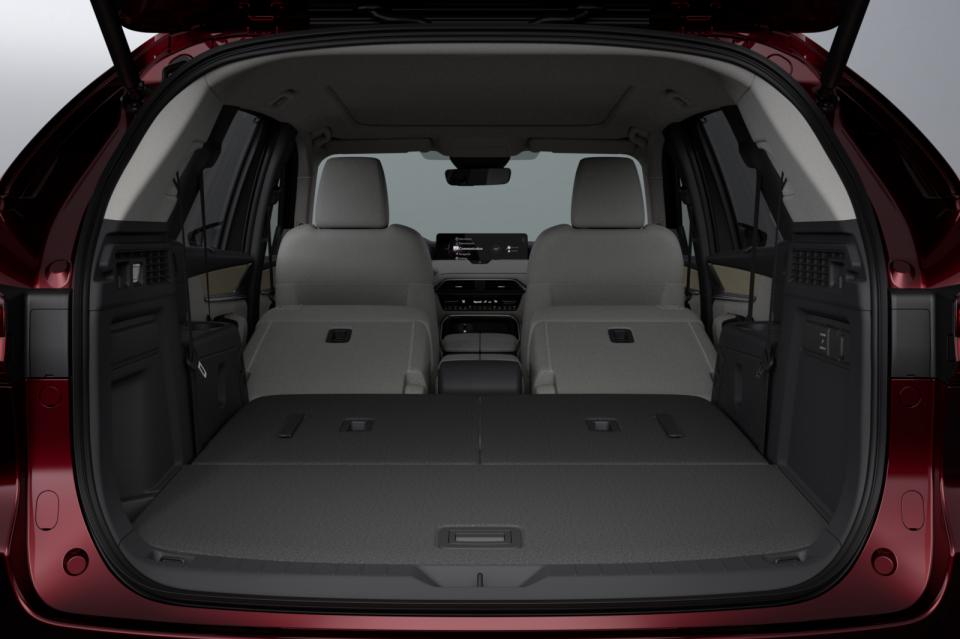
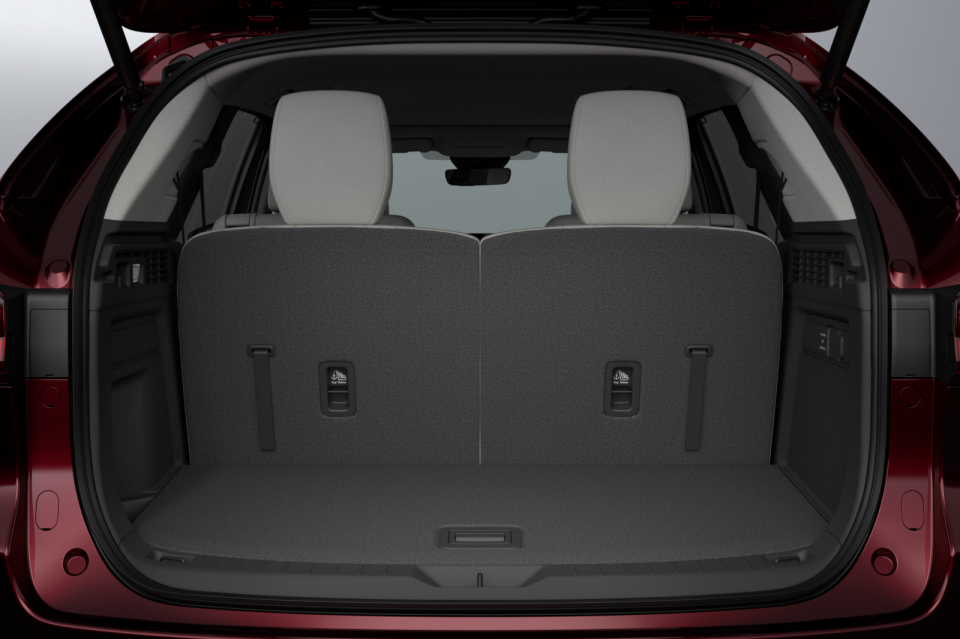
More details on the local engine range are still to come, although we previously reported that one option will be a “specifically retuned” version of the CX-60’s 3.3-litre inline-six 48V mild-hybrid, expected to produce 254kW of power (up 13kW) and 500Nm of torque (no change).
We expect the CX-90 to also offer an inline-six diesel like the CX-60, but will update the story once we know more.
Update: Australian CX-90s will be available with a 3.3-litre turbo-diesel inline-six with 187kW and 550Nm – unique to this market. More on that here.
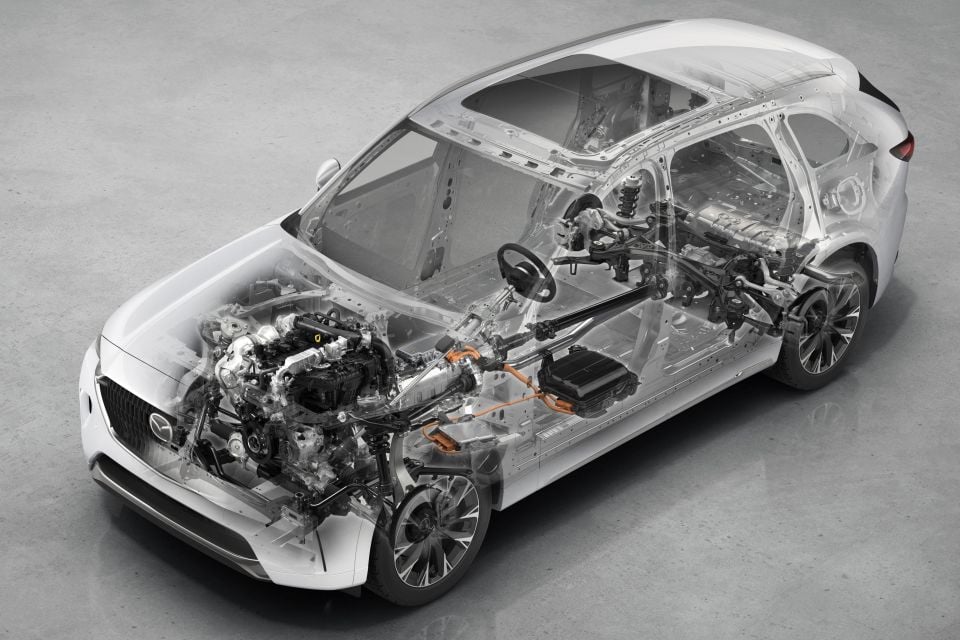
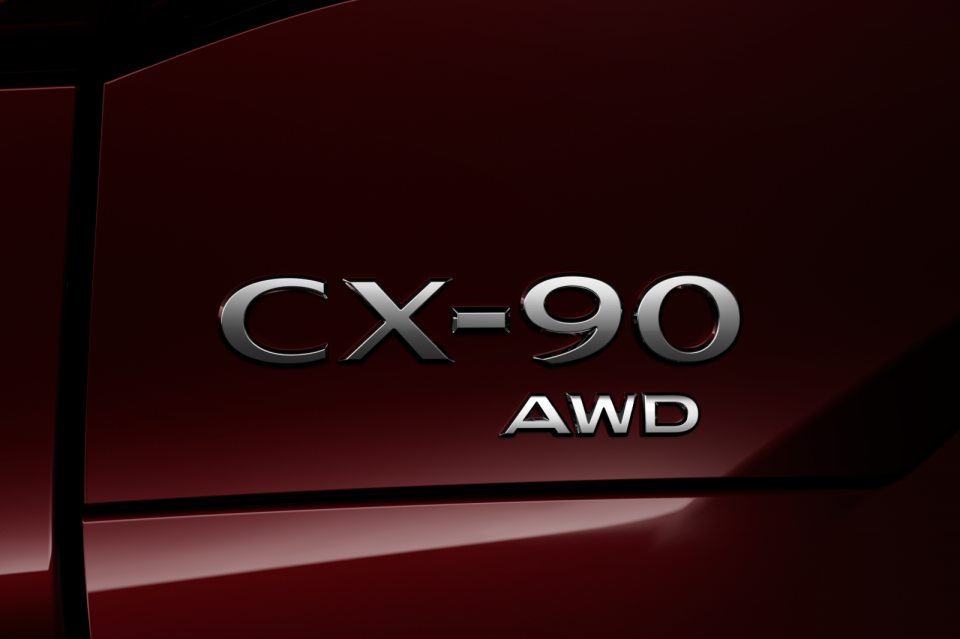
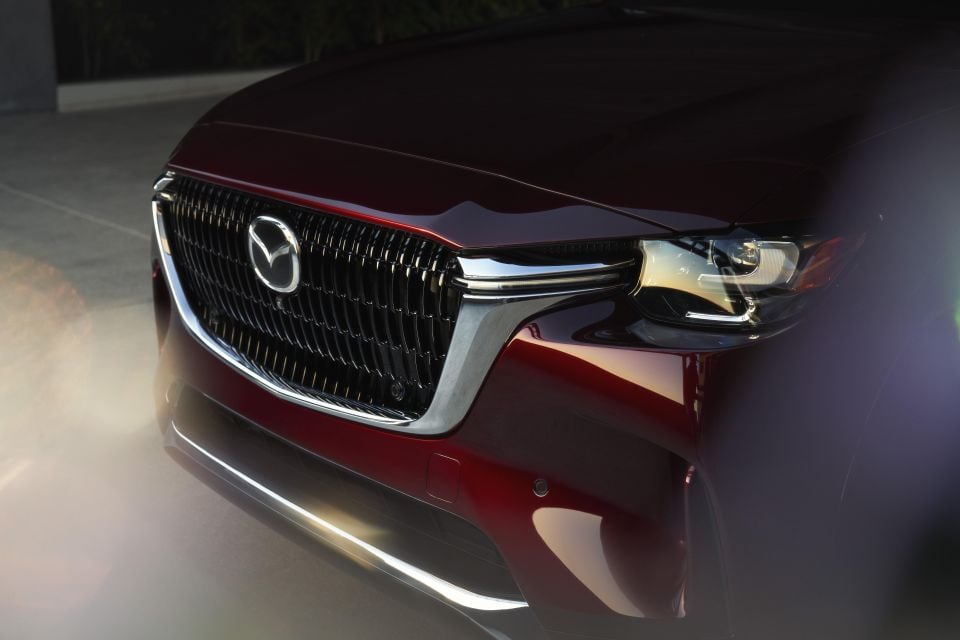
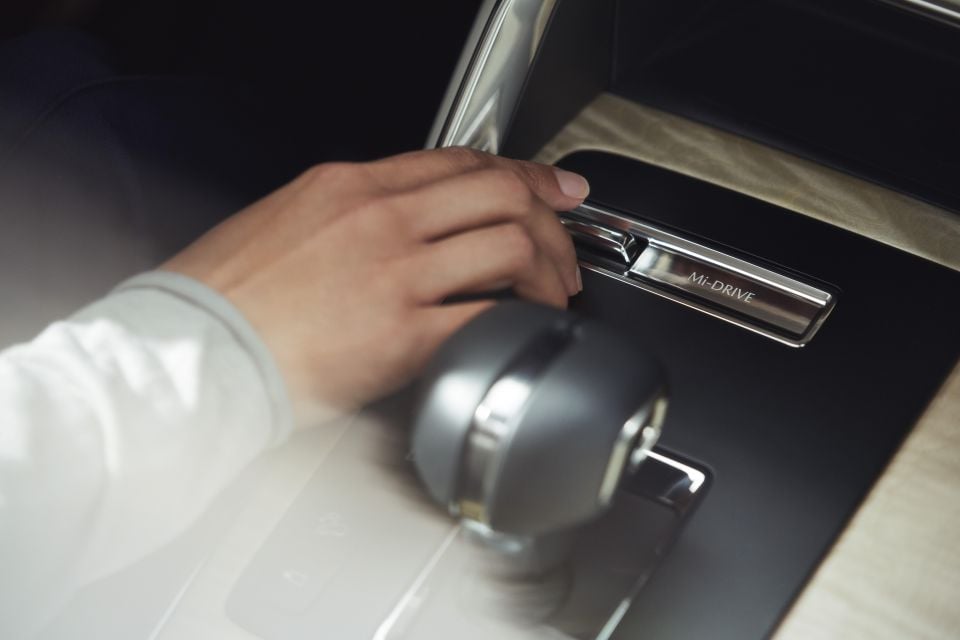
Mazda’s US division has also previously teased the CX-90 with its ‘e-Skyactiv’ PHEV drivetrain. As in the CX-60, this mates a 2.5-litre four-cylinder engine with an electric motor and a 17.8kWh battery, for total system outputs of 241kW and 500Nm.
As reported today, the PHEV will come later than the petrol and diesel sixes, with a 2024 launch locked in.
The CX-90 follows the MX-5 convertible in offering Kinematic Posture Control, designed to suppress body lift on tight corners and enhance grip. As the name suggests, it’s also designed to allow occupants to maintain a natural posture.

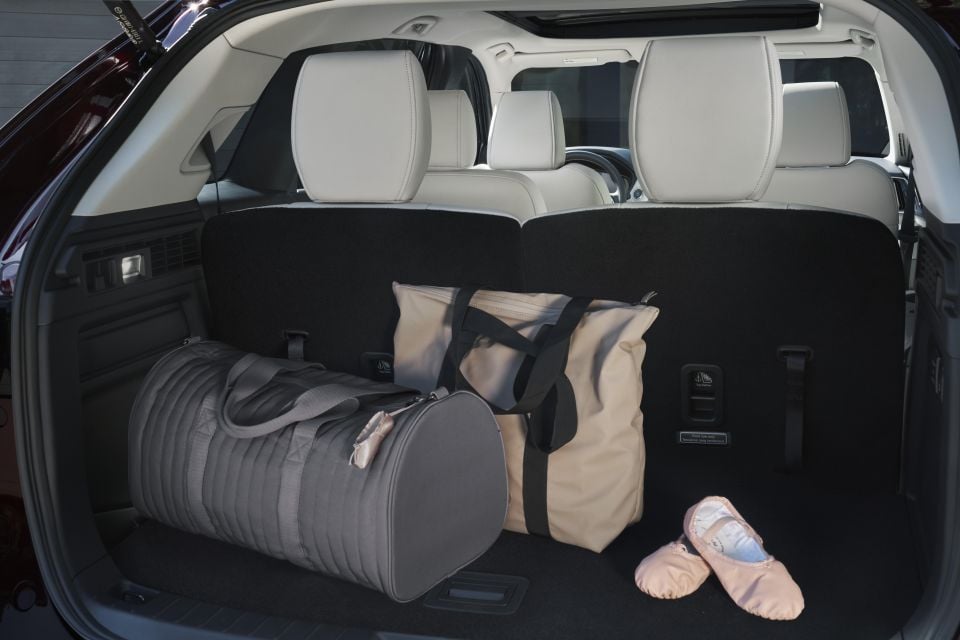
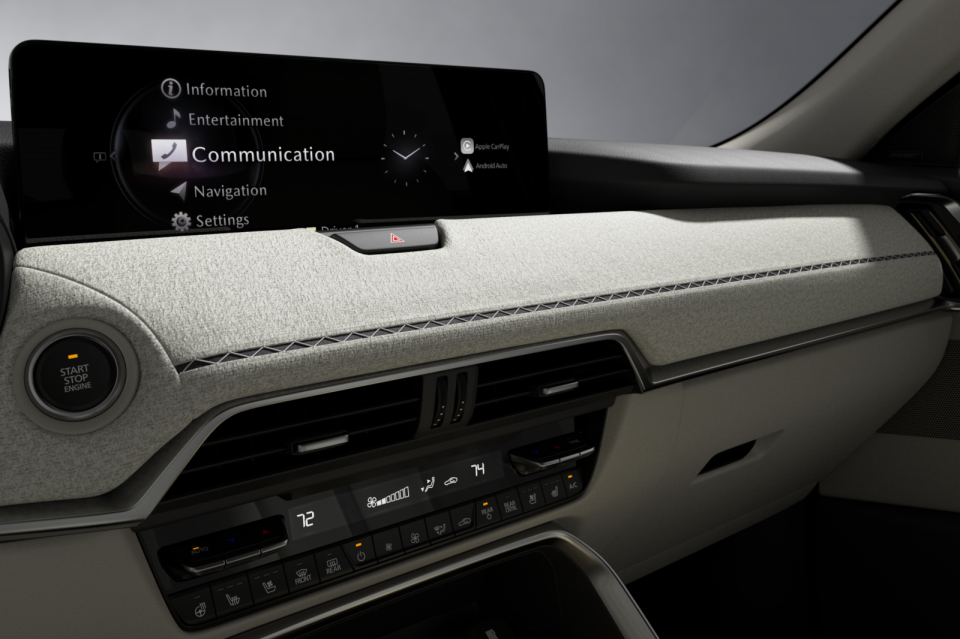
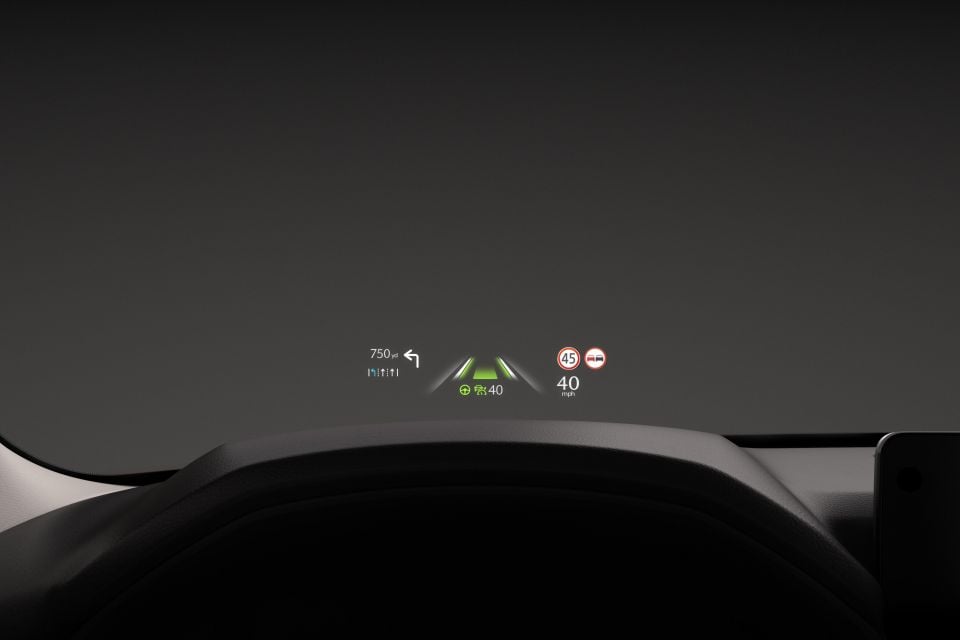
As with the CX-60, expect the CX-90 to undergo (or perhaps it has already undergone) some degree of testing and tuning in Australia for local conditions.
Mazda has previously said its new premium SUVs will co-exist with its existing, mainstream models, at least in Australia. With the CX-90, Mazda appears to be pushing further upmarket to ensure it doesn’t lose buyers to premium (often European) competitors.
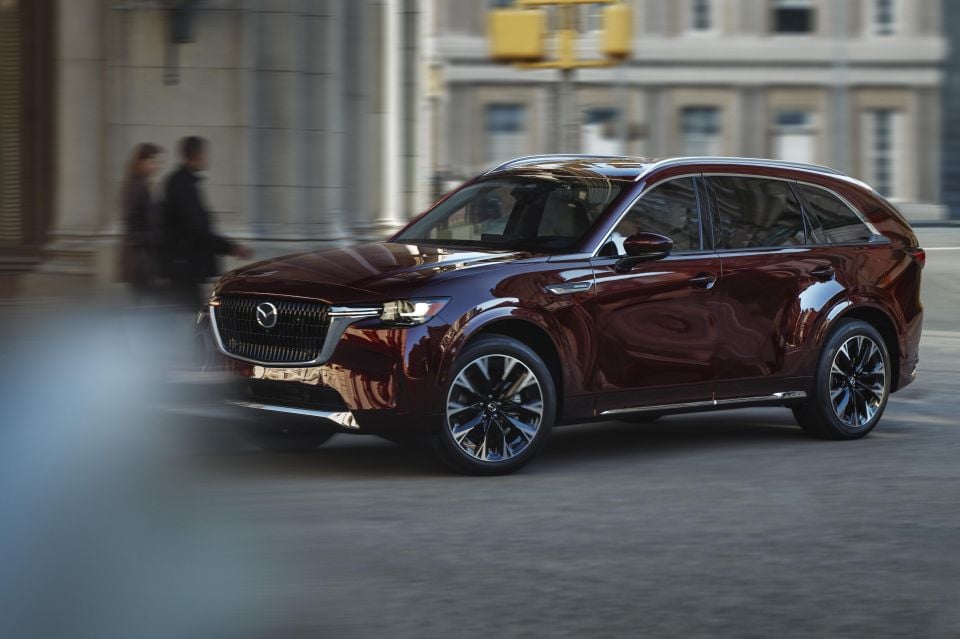
Once the CX-60 and CX-90 arrive in Australia, Mazda will have a cluttered SUV range which also includes the compact CX-3, CX-30, and MX-30, the mid-sized CX-5, and the seven-seat CX-8 and CX-9.
Yet the company, which sits second on the sales charts behind Toyota here and therefore has a large audience, says it wants to offer SUV buyers “as much choice” as it possibly can.
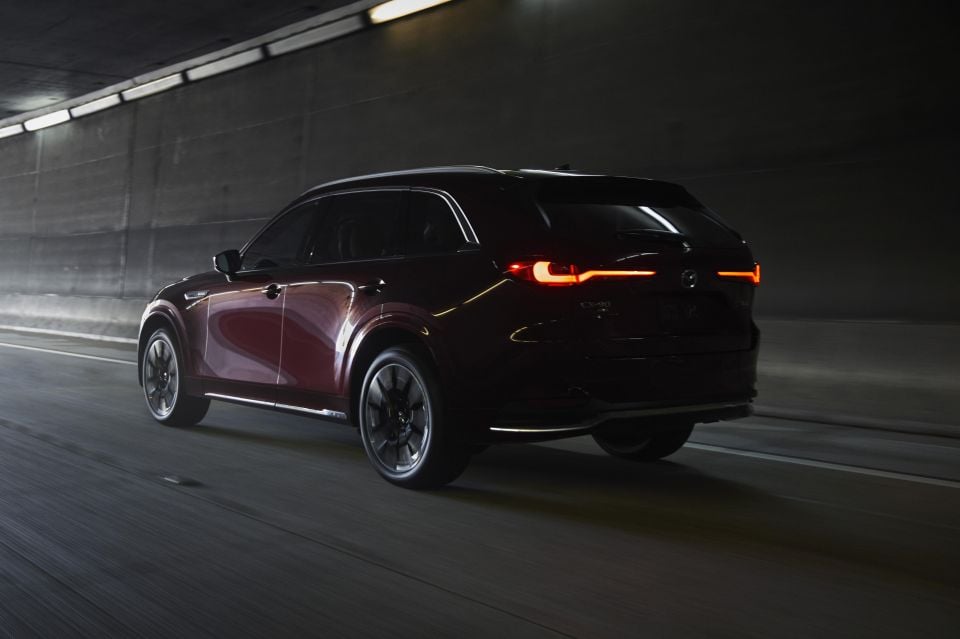
It remains to be seen how the CX-90 will be priced in Australia, and just where it’ll sit relative to the Klugers and Q7s of the world. For context the CX-60 Azami PHEV tops out at $87,252 and the CX-9 Azami LE tops out at $74,710.
Mazda hasn’t attempted to breathe the rarified air of the luxury car market for some time now. It cancelled plans for a Lexus-rivalling Amati brand in 1992, and subsequently wound down the Efini and Eunos nameplates and phased out flagship sedans like the Millennia and 929.
MORE: Mazda CX-90 plug-in hybrid won’t hit Australia until 2024 MORE: 2024 Mazda CX-90: Australia getting petrol and diesel sixes

Where expert car reviews meet expert car buying – CarExpert gives you trusted advice, personalised service and real savings on your next new car.
William Stopford is an automotive journalist with a passion for mainstream cars, automotive history and overseas auto markets.


Max Davies
18 Minutes Ago


William Stopford
16 Hours Ago


Ben Zachariah
17 Hours Ago


Derek Fung
18 Hours Ago


Matt Campbell
1 Day Ago


William Stopford
2 Days Ago